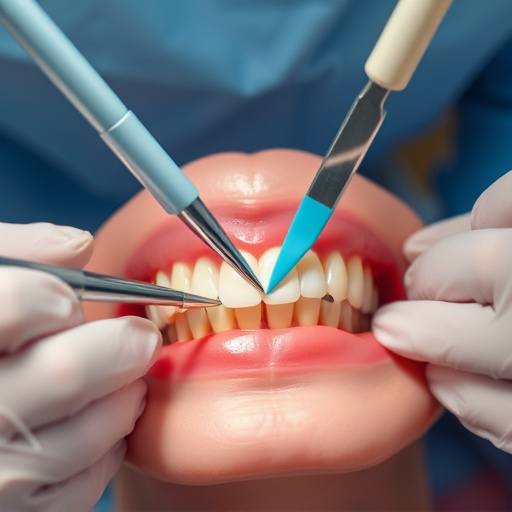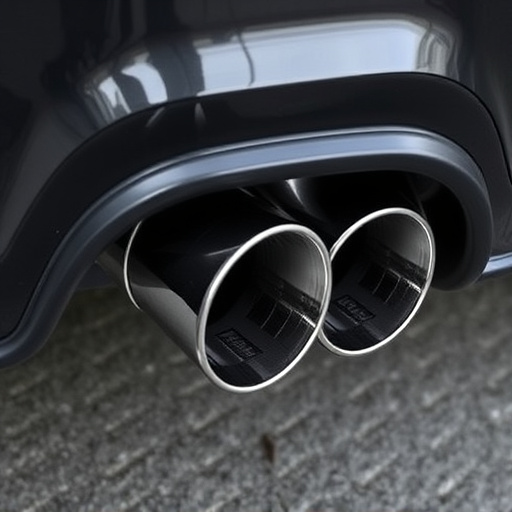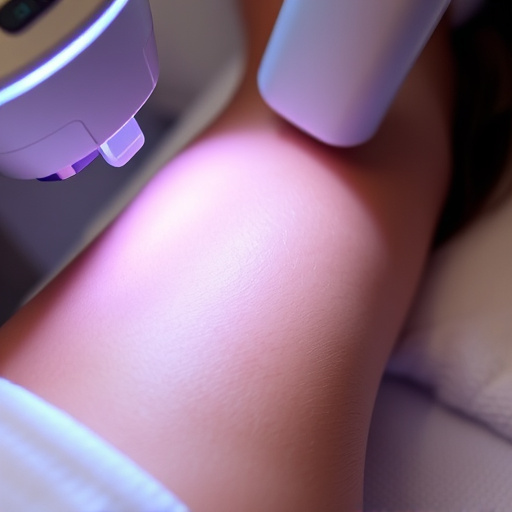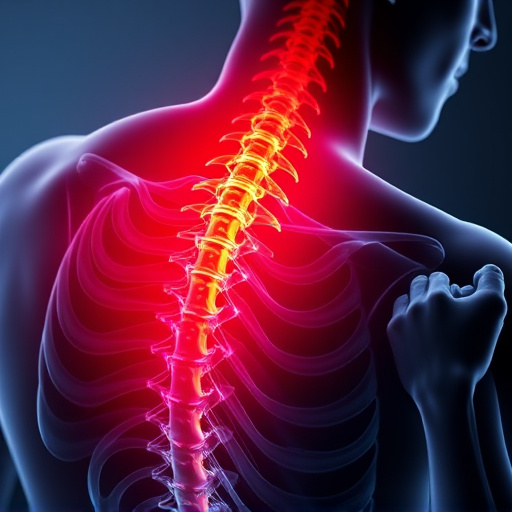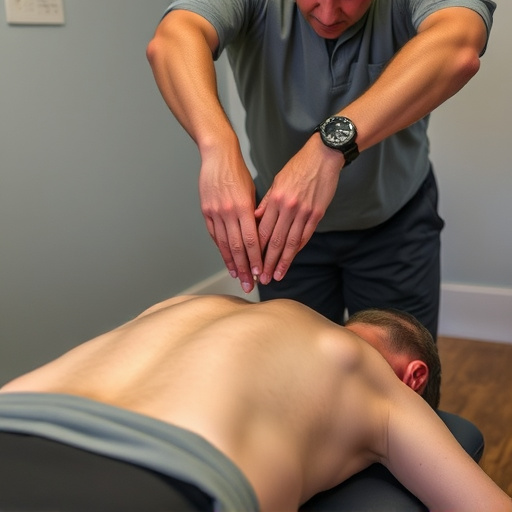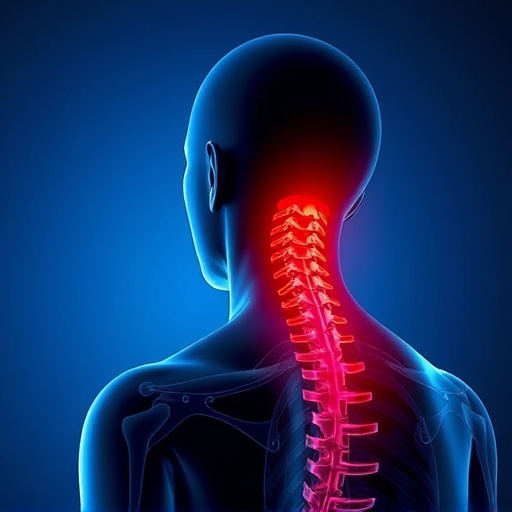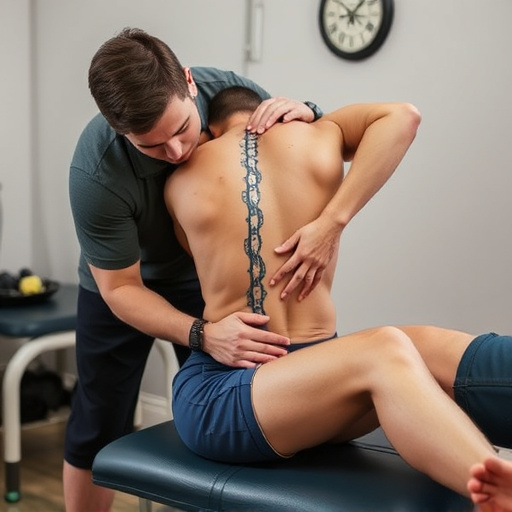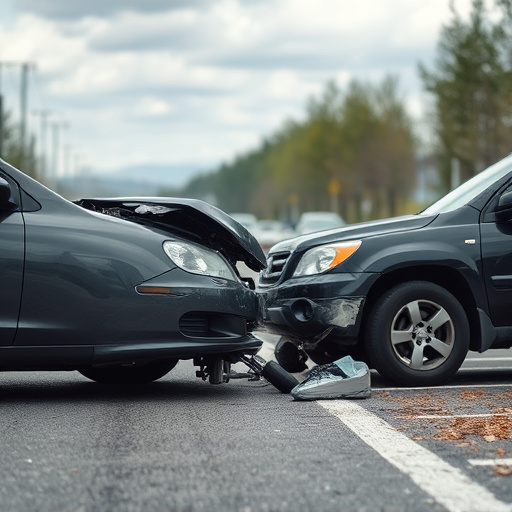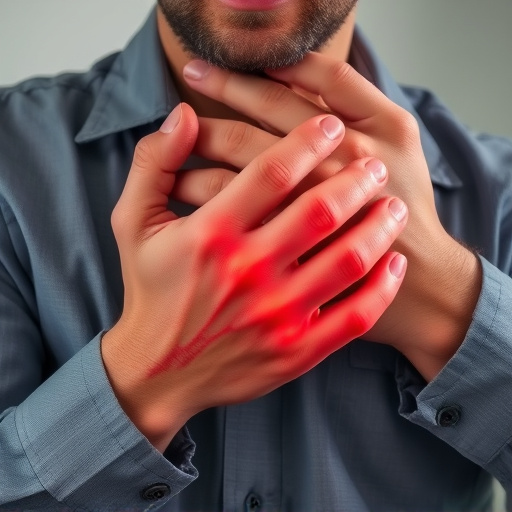Post-accident rehabilitation is a holistic process aimed at restoring mobility and enhancing quality of life for individuals with joint and muscle damage. It involves personalized plans combining physical, occupational, and psychological therapies, along with pain management techniques. Comprehensive assessments, including medical history, physical exams, and imaging, are crucial to accurately determine injuries. A multidisciplinary approach integrating various therapeutic modalities accelerates recovery, prevents complications, and improves patient outcomes, focusing on both physical and emotional healing. Effective post-accident rehabilitation plans utilize chiropractic care, personalized exercise programs, and additional strategies to restore independence, reduce pain, and return patients to pre-accident function levels.
Post-accident rehabilitation is a crucial step towards recovery for individuals facing joint and muscle damage. This comprehensive guide explores the essential elements of rehabilitation, offering insights into navigating the road to recovery. We delve into assessing and treating various forms of joint and muscle injuries, emphasizing tailored strategies. Understanding the importance of a customized rehabilitation plan, we provide a step-by-step approach to ensure optimal healing and improved mobility. Discover how early intervention and consistent care can transform lives post-accident.
- Understanding Post-Accident Rehabilitation: The Road to Recovery
- Joint and Muscle Damage: Assessment and Treatment Strategies
- Creating a Comprehensive Post-Accident Rehabilitation Plan
Understanding Post-Accident Rehabilitation: The Road to Recovery
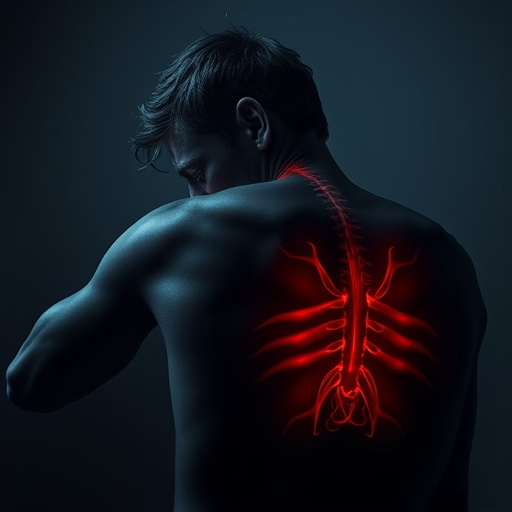
Post-accident rehabilitation is a crucial process designed to aid individuals recovering from joint and muscle damage caused by an unforeseen event. This journey towards healing involves a comprehensive approach, addressing physical, emotional, and sometimes psychological aspects of the patient’s well-being. The primary goal is not just to restore mobility and function but also to enhance overall quality of life.
Effective rehabilitation requires a tailored plan that considers the extent of injuries, individual needs, and preferences. It often includes various therapies like physical therapy, occupational therapy, and even psychological counseling. By focusing on pain management and promoting sports injury recovery, patients can regain strength, flexibility, and independence. For instance, addressing neck pain relief is essential as it supports improved posture and reduces further strain on the affected area.
Joint and Muscle Damage: Assessment and Treatment Strategies
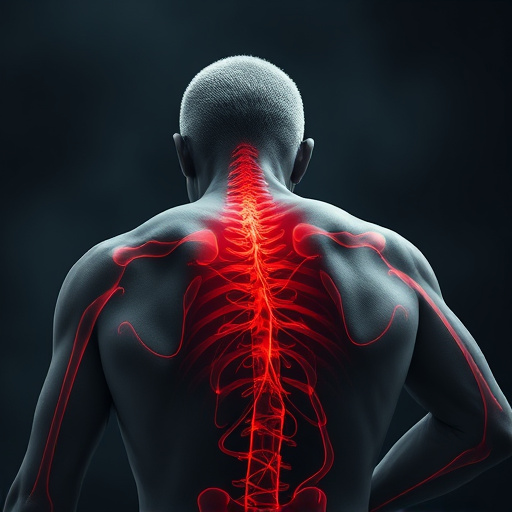
Joint and Muscle Damage: Assessment and Treatment Strategies
Following a post accident event, thorough assessment of joint and muscle damage is paramount in the rehabilitation process. This includes detailed medical history taking, physical examinations, and advanced imaging techniques such as X-rays, MRIs, or ultrasounds to pinpoint the extent of injuries. Soft tissue injuries, including sprains, strains, and contusions, often require specialized care due to their intricate nature. Comprehensive assessment helps in tailoring treatment strategies that may include manual therapy, exercise programs designed for strength and flexibility recovery, and pain management techniques for chronic pain relief.
Effective post-injury care integrates various disciplines like physiotherapy, occupational therapy, and sometimes psychological support to optimize patient outcomes. Early intervention is key in mitigating long-term complications and promoting faster recovery. In the context of post accident rehabilitation, a multidisciplinary approach ensures that patients receive holistic care addressing both physical and mental aspects for a successful transition back to daily activities and improved quality of life.
Creating a Comprehensive Post-Accident Rehabilitation Plan
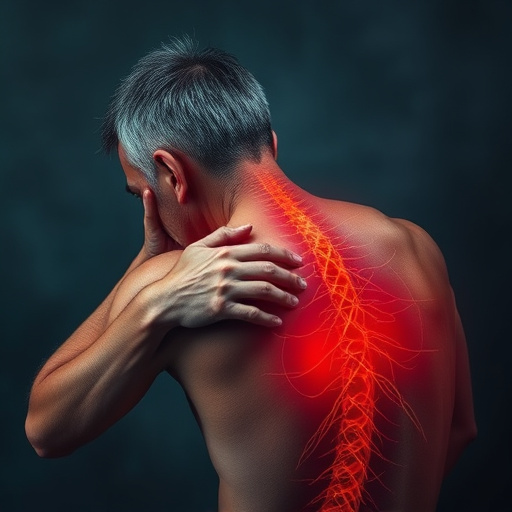
Developing a comprehensive post-accident rehabilitation plan is essential for individuals recovering from joint and muscle damage. This tailored strategy should encompass a multi-faceted approach, addressing both the physical and psychological aspects of healing. Chiropractic care can play a pivotal role by offering specialized treatments to alleviate pain and restore mobility in affected joints.
A successful rehabilitation program involves personalized treatment plans that consider individual patient needs and preferences. It may include exercises focusing on strength training, flexibility, and range of motion. Additionally, post-injury care strategies such as physical therapy sessions, massage, and therapeutic modalities can significantly enhance recovery outcomes. The goal is to enable patients to regain independence, reduce pain, and restore their pre-accident level of function effectively.
Post-accident rehabilitation for joint and muscle damage is a vital process that empowers individuals to regain their mobility, strength, and independence. By understanding the unique needs of each patient and tailoring treatment strategies accordingly, healthcare professionals can create comprehensive rehabilitation plans that significantly enhance recovery outcomes. This holistic approach, focusing on both physical and psychological aspects, ensures that those affected by accidents can navigate their road to recovery with support, efficiency, and effectiveness.
